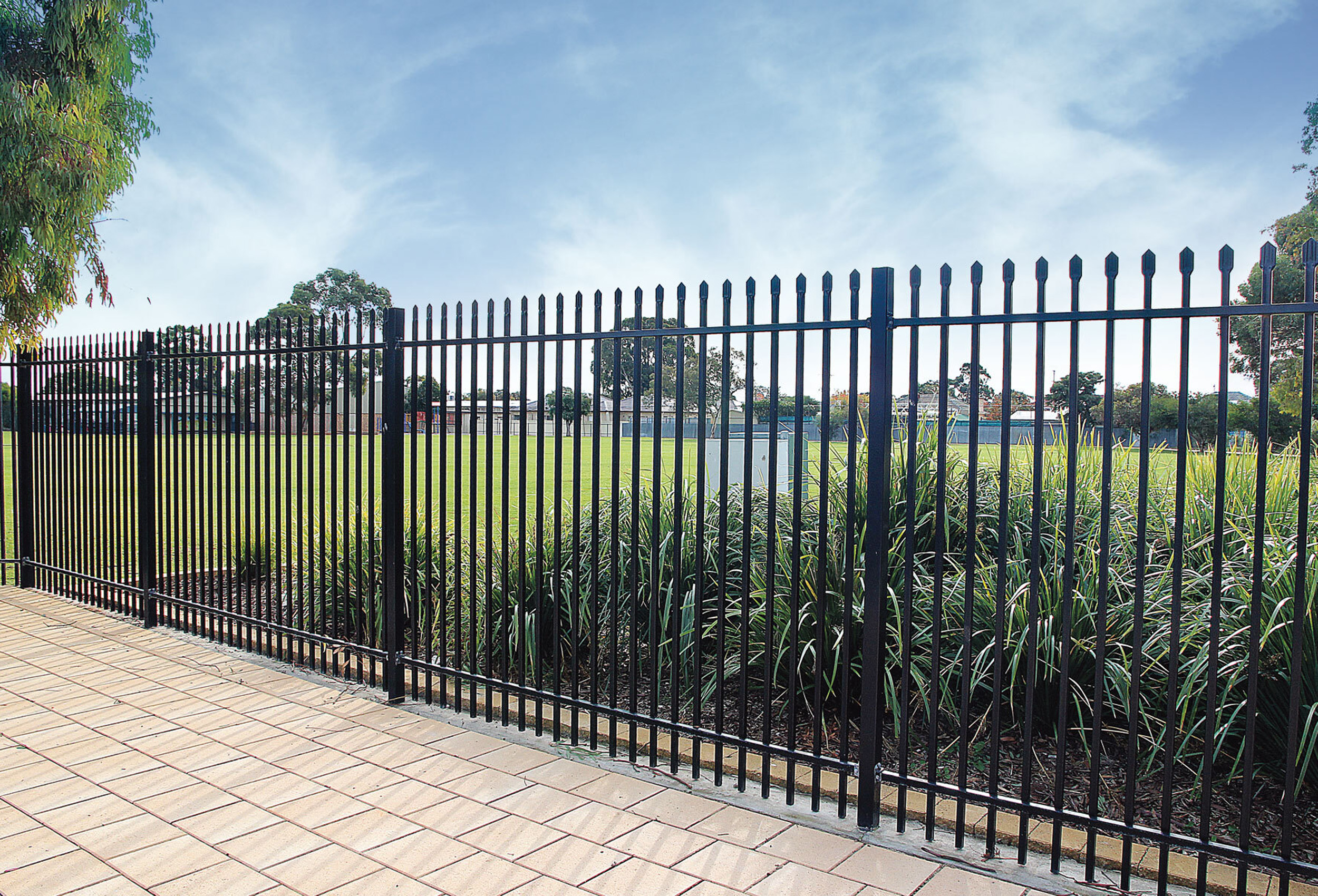In today’s landscape, the safety and security of commercial properties, residential areas, and government facilities have never been more critical. Security fencing stands at the forefront of a comprehensive security strategy, serving both as a physical barrier and a psychological deterrent to potential intruders. This article aims to provide an authoritative overview of security fencing, covering its importance, various types, key considerations for selection, and best practices for installation and maintenance.
The Role of Security Fencing in Deterrence and Protection
Security fencing is a vital component in protecting assets and ensuring the safety of occupants. It functions not only to physically prevent unauthorized access but also to signal a clear boundary, often deterring potential intruders from attempting to breach a property. The presence of security fencing is a proactive measure, demonstrating a commitment to security.
Exploring Types of Security Fencing
The choice of security fencing should align with the specific needs and vulnerabilities of a property. Common types include:
Chain Link Fencing: Offers visibility while securing property perimeters, often used with barbed wire or razor wire for added protection.
Palisade Fencing
Characterized by its robust design, this option is difficult to climb or cut through, making it ideal for high-security areas.
Mesh Fencing
Combines visibility and durability. Its tight weave pattern resists cutting and climbing.
Electric Fencing
It adds a layer of protection by delivering a non-lethal shock to deter intruders, commonly used in high-security installations.
Each type serves different security levels and aesthetic preferences, from the imposing presence of palisade fencing to the subtler, yet effective, mesh and electric options.
Key Considerations for Choosing Security Fencing
Selecting the right security fencing involves several key factors:
- Material: Durability and resistance to tampering or environmental wear should guide the choice of material.
- Height: Generally, higher fences offer more security, although local regulations may limit permissible heights.
- Access Control: Integration with electronic access control systems can enhance security measures, controlling entry points remotely or automatically.
- Visibility: Consider whether clear sightlines through the fence are necessary for surveillance purposes or if privacy is a priority.
Installation and Maintenance
A security fence installation by professionals is crucial to the effectiveness of security fencing. It ensures that the fence stands firm against attempts to bypass it and remains functional over time. Regular maintenance checks are equally important to address any wear or damage that could compromise security.
Real-life Benefits: Case Studies
Case studies demonstrate the efficacy of security fencing in preventing theft, vandalism, and unauthorized entry. For instance, a commercial warehouse reported a significant drop in break-ins after upgrading its perimeter to a high-security palisade fence, underscoring the tangible impact of well-chosen and well-maintained fencing.
Looking Ahead: Future Trends in Security Fencing
Advancements in materials technology and design are setting the stage for the next generation of security fencing. Innovations such as integrated sensors that alert to tampering attempts, and smart fences that integrate with broader security systems are becoming more prevalent. These developments promise to offer greater adaptability, resilience, and integration capabilities, ensuring that security fencing remains an effective deterrent in an evolving threat landscape.
Conclusion
In conclusion, security fencing is a foundational element of property security, offering both physical protection and psychological deterrence. By carefully selecting the appropriate type, considering key factors, and adhering to best practices for installation and maintenance, property owners can significantly enhance their security posture.
As technology advances, the role of security fencing will continue to evolve, but its importance in safeguarding assets and people will undoubtedly remain paramount.
